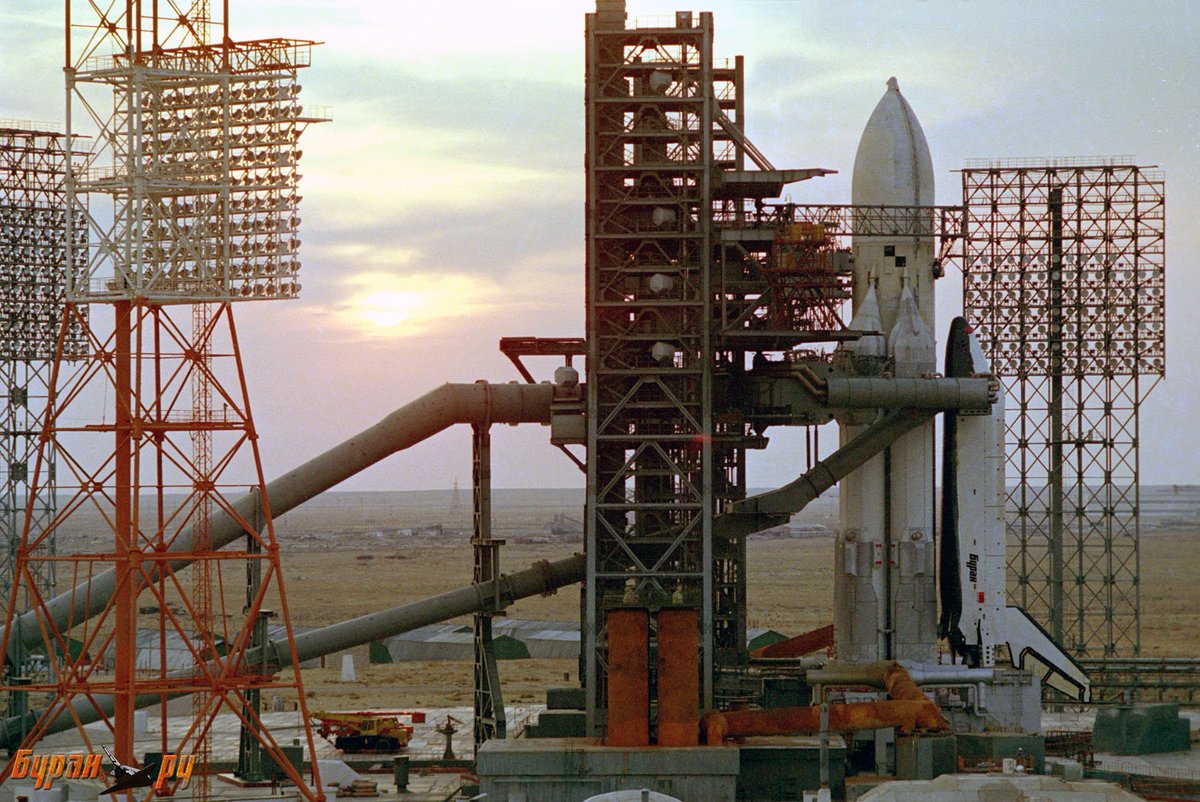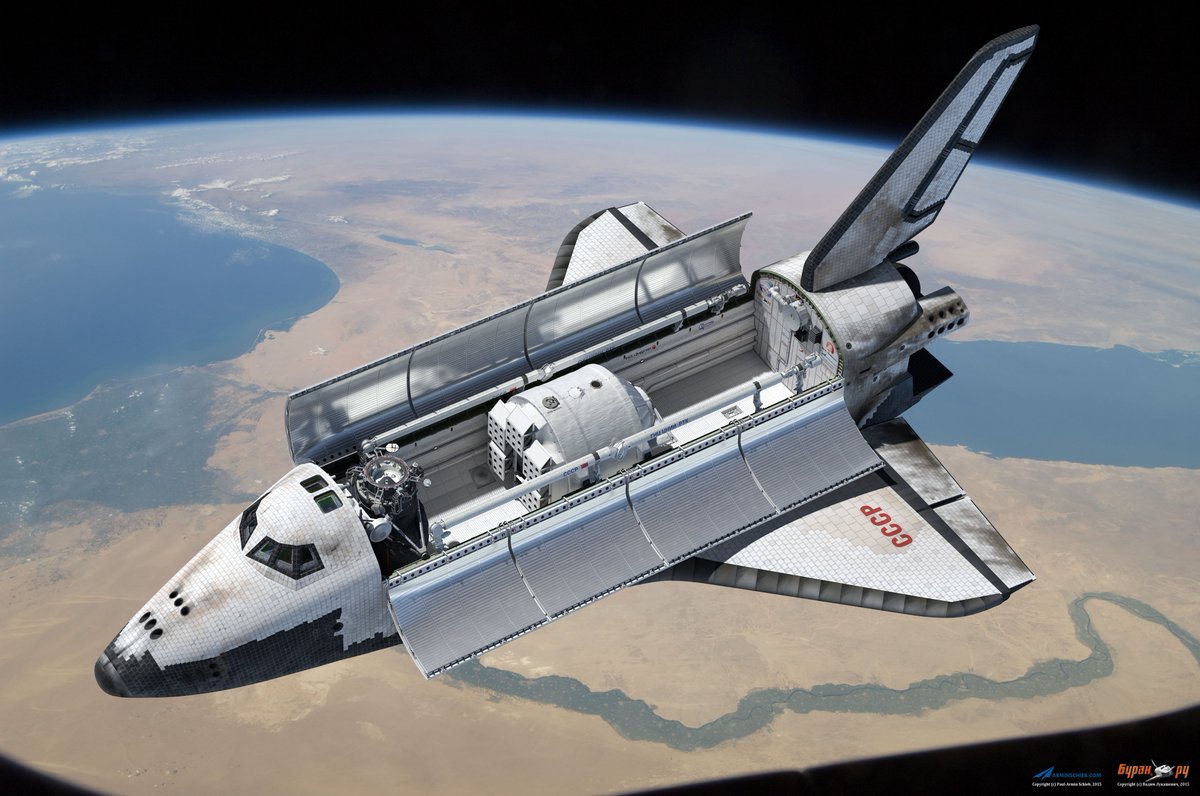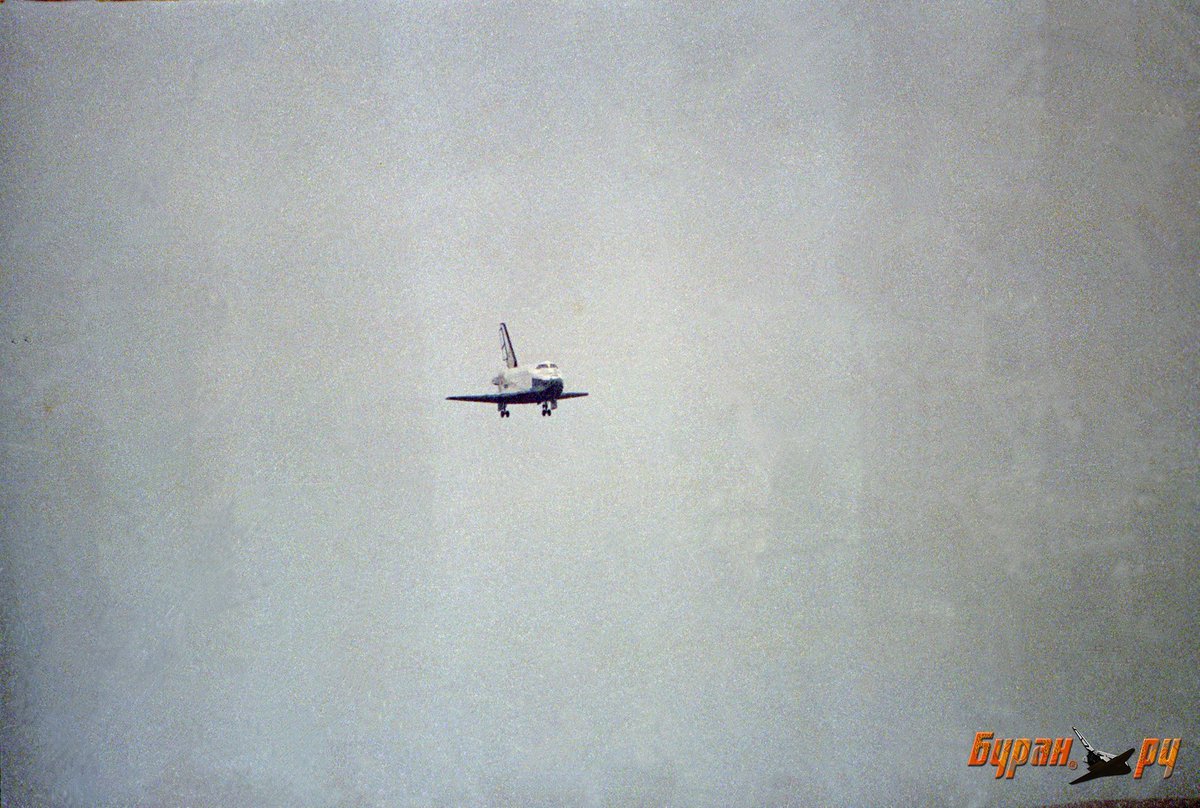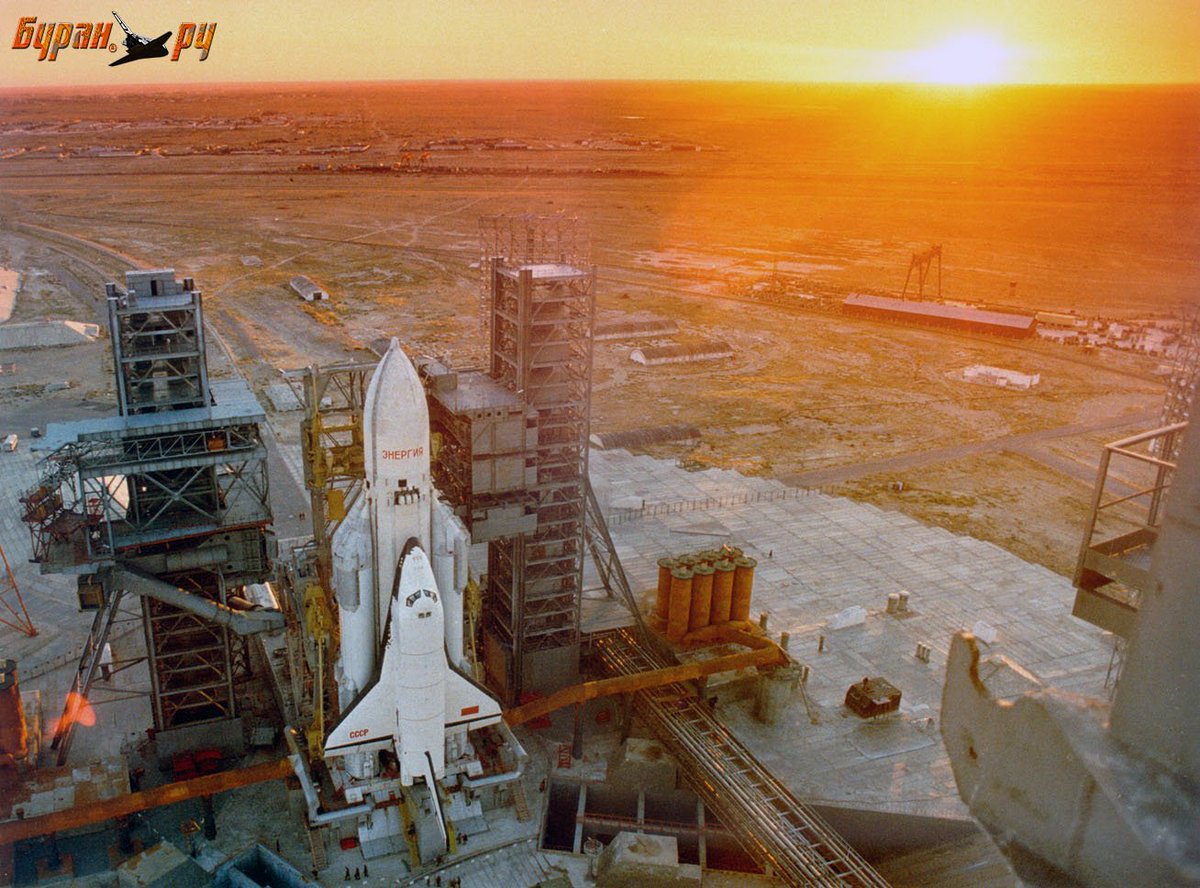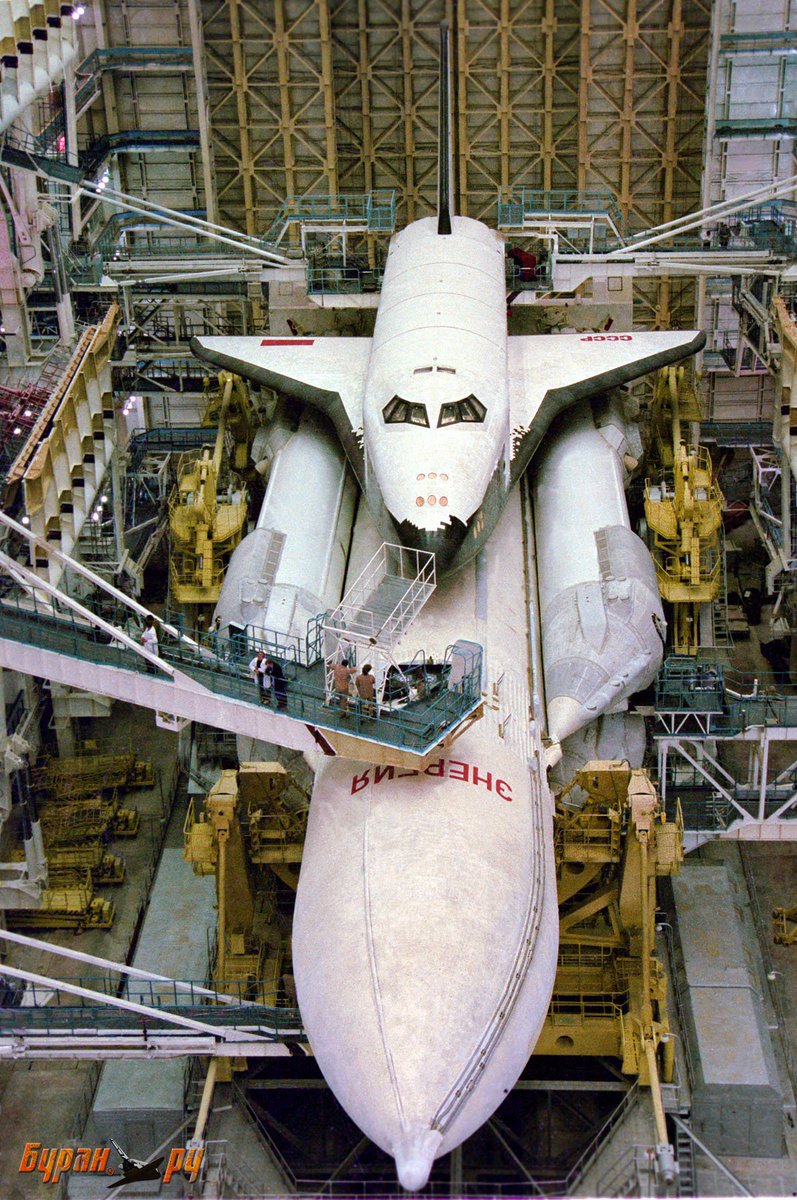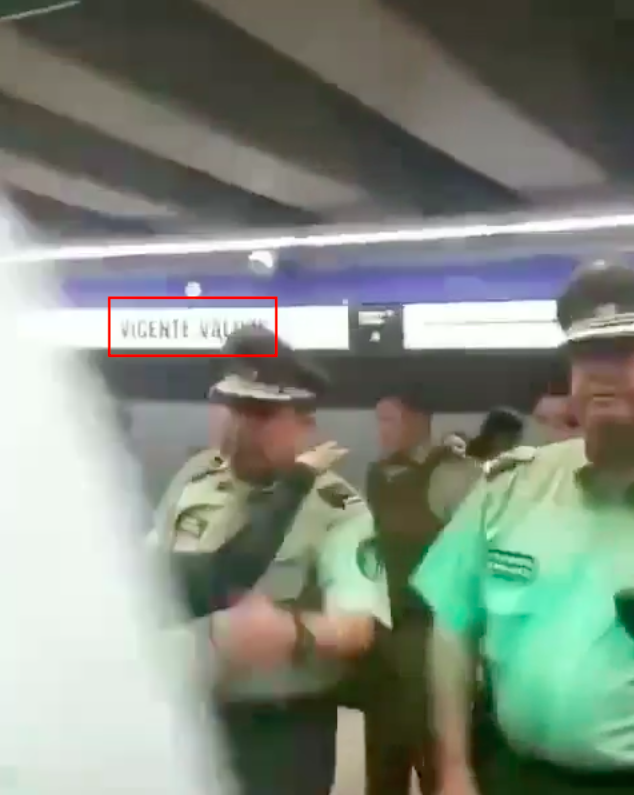At T-14 seconds, the 4 central engines are ignited, joined 10 seconds later by the 4 engines on the side boosters, then, Energiya liftoff!
The last kilometers are perfect, but the shuttle seems to go too far to land on the Baikonur runway...
So, happy birthday Буран!
[End of thread]
